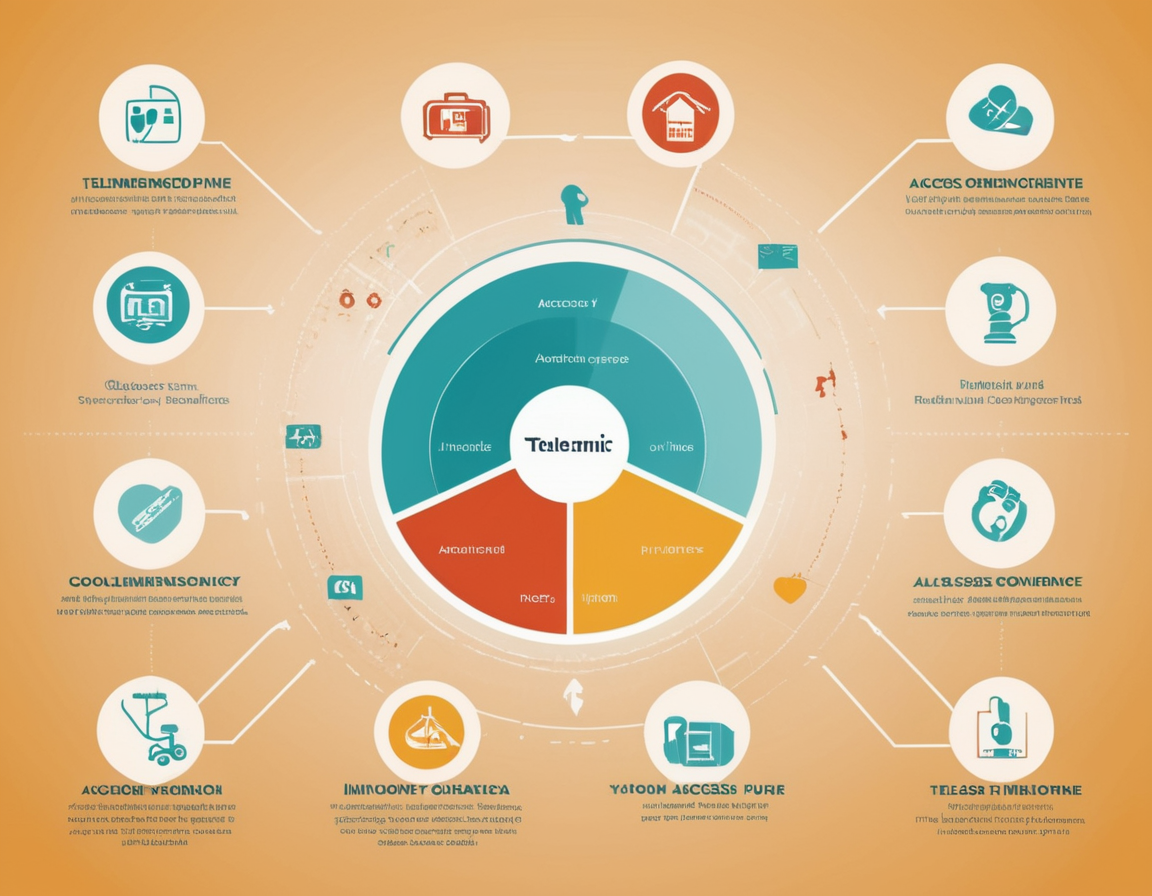The Rise of Telemedicine: A Glimpse Into The Future of Healthcare
Exploring the Evolution of Telemedicine
In an age where convenience and technology go hand in hand, the healthcare industry has been transformed by the advent of telemedicine. This innovative approach to healthcare delivery has revolutionized patient care by making it accessible through digital means.
What is Telemedicine?
Telemedicine refers to the practice of using telecommunication technology to diagnose, treat, and monitor patients at a distance. What started as a way to treat patients who were located in remote places, far from local health facilities or in regions with shortages of medical professionals, has now become a global phenomenon.

The Impact of COVID-19 on Telemedicine
The COVID-19 pandemic played a catalyst role in the adoption of telemedicine. As social distancing became the norm, and healthcare facilities were overwhelmed, medical practitioners swiftly shifted to virtual consultations to ensure uninterrupted care.
Telehealth has also exposed the need for a robust digital infrastructure to support healthcare services. High-speed internet and secure platforms for communication have become just as important as the stethoscope and blood pressure cuff in the toolset of contemporary medical professionals.
Advantages of Telemedicine
- Increased access to care, especially for individuals in remote or underserved communities.
- Convenience for patients and healthcare providers alike.
- Reduction in the spread of infectious diseases.
- Cost efficiency by minimizing travel and waiting times.
- Enhanced patient engagement with more frequent and easier follow-ups.

Challenges and Considerations
Despite its advantages, telemedicine faces multiple challenges. These include legal and regulatory hurdles, privacy and security concerns, and the potential for unequal access to the necessary technology. The industry must navigate these issues to ensure the equitable provision of high-quality telehealth services.
Furthermore, while telemedicine is convenient, it is not suitable for all types of consultations – emergency situations and surgeries still require in-person care.
The Future of Telemedicine
Technology continues to evolve, and with it, so does telemedicine. Artificial intelligence, wearable health monitors, and improved data management are set to further personalize and streamline remote healthcare.
As we look to the future, it is clear that telemedicine will become an integral part of the healthcare system. It promises to enhance patient experiences, improve health outcomes, and contribute to a more efficient and effective healthcare environment.
Conclusion
Telemedicine is not just a temporary solution for a world dealing with a pandemic; rather, it’s a cornerstone in the future of healthcare. As this sector continues to grow, it will undoubtedly play a significant role in shaping healthcare policies, technology advancement, and patient care methodologies.
By embracing this digital revolution, we are taking a critical step towards a future where healthcare is more accessible, personalized, and efficient for all.







